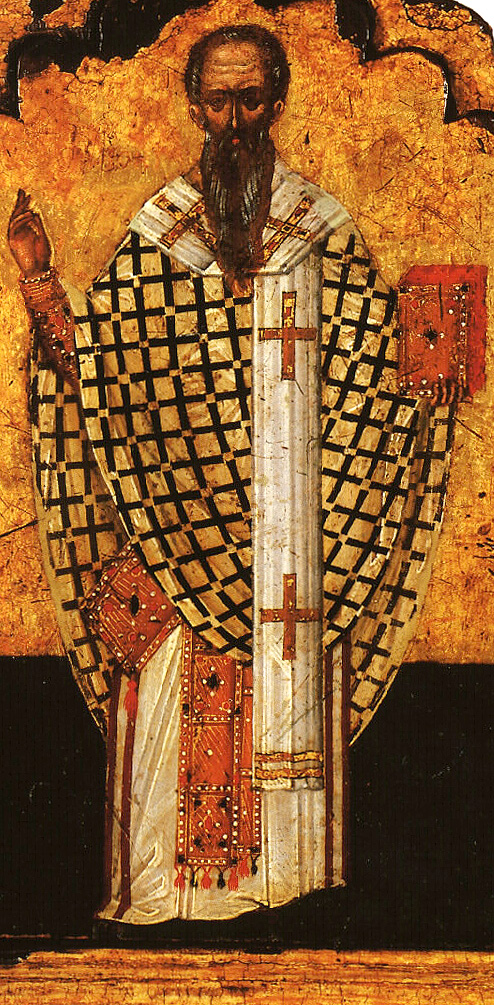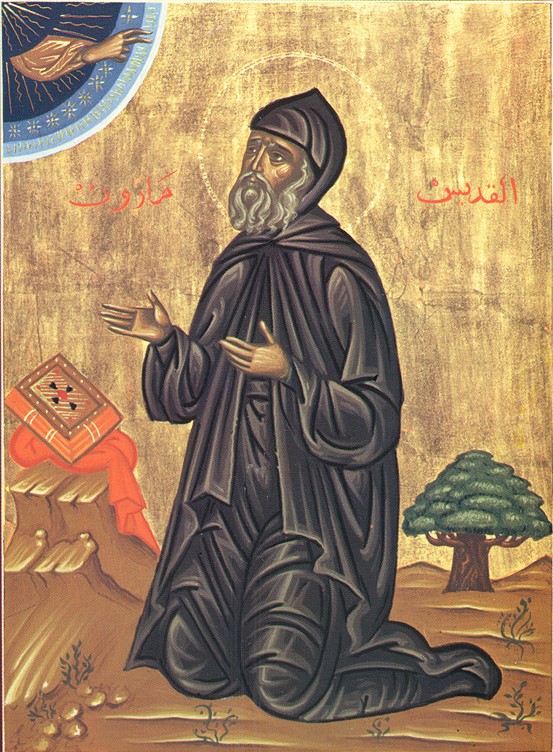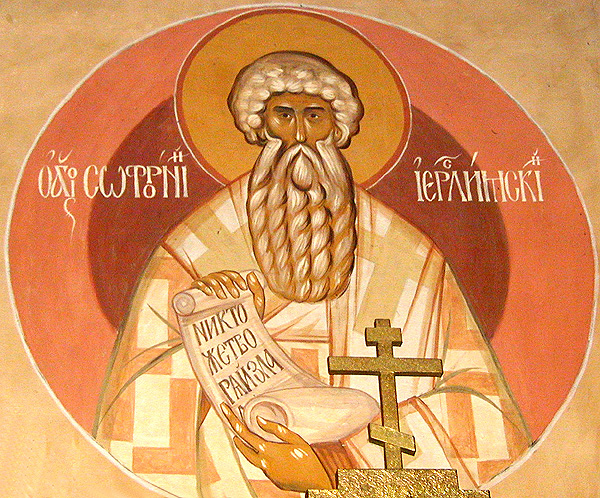Monoenergism / Monothelitism
In the year 610, a new emperor took the imperial throne, and a new patriarch took the ecclesiastical throne of the Patriarchate of Constantinople. Emperor Heraclius (r. 610–641) and Patriarch Sergius (r. 610–638) became close friends and collaborators. Together they led the State and the Church for almost thirty years. And they were very eager to reunite the western and eastern parts of the Empire both religiously and politically.
In another major effort to heal the schism with the Monophysites/Non-Chalcedonians, Patriarch Sergius proposed the idea that in the hypostatic union of the two natures of Christ, there must be one divine-human (theandric) energy—hence, this view came to be known as “Monoenergism.” This formula appealed to the moderate Non-Chalcedonians, with their continued emphasis on “the one nature of the Word of God Incarnate”—since having one nature would imply having one energy. And for the Chalcedonians, it did seem to make sense that since the Word of God has only one (divine) hypostasis, He must act with only one energy, operation, or action.

Support for Sergius’s new formula was strengthened by the fact that the concept of “one theandric energy” appeared in the writings attributed to Saint Dionysius the Areopagite. Most probably Sergius got the idea from this source. By now these writings, which first appeared among moderate Monophysites early in the previous century, had become very popular with both Chalcedonians and Non-Chalcedonians. These writings would come to have great influence on the liturgical piety of the Church through their symbolical explanations of the rituals of worship.
For a time, it appeared that the “monoenergistic” formula would be successful in winning back the Non-Chalcedonians. In 632, in Erzerum, a council of 193 Greek and Armenian (Monophysite) bishops was held which formally recognized the Council of Chalcedon on the basis of the “monoenergistic” interpretation. And in 633, the new Chalcedonian patriarch of Alexandria, named Cyrus, succeeded in getting a number of leading Egyptian Non-Chalcedonians to agree to accept the Council of Chalcedon on the basis of the “monoenergistic” formula.
Unexpectedly, even the Nestorians of Persia were drawn to the formula, since the teachers of Nestorius had said that the two natures (though really implying two hypostases) of Christ were united by the one activity, or energy, of their union in Christ. In 628, Emperor Heraclius, in the midst of his military campaign against the Persians, participated, along with his court, in the celebration of the Divine Liturgy and received the Holy Eucharist with the Nestorian Catholicos of Persia, Isoyabh II.

The Syrian and Palestinian Non-Chalcedonians were less excited by the “monoenergistic” plan of reunion, though the Monastery of Saint John Maron, near Emesa, accepted it. These monks and their followers eventually fled to the mountains of Lebanon to escape persecution, and in 1182 they joined Roman Catholicism. To this day their descendants are known as Maronites; they are the largest Christian group in the modern state of Lebanon.
Apparently there was no opposition raised against the “monoenergistic” formula from any of the Chalcedonians until 633. In that year the elderly and highly esteemed monk Saint Sophronius (c. 560–638) implored Cyrus, the Patriarch of Alexandria, not to promote it. Sophronius was convinced that something vital and intrinsic to human nature was being denied to Jesus Christ in the assertion that He has only one divine-human energy.

Cyrus was not convinced by Sophronius. But when the determined monk appealed personally to Patriarch Sergius, the patriarch became willing to reconsider the issue. In a letter to Pope Honorius of Rome (r. 625–638), Patriarch Sergius suggested that instead of asserting that there is only one energy in Christ, perhaps it might be more accurate to say that He has only one will.
Honorius eagerly took up Sergius’s hint about one will in Christ. He wrote back saying that there would be no need to talk about one or two energies in Christ if everyone would agree that there is only one will in Christ. So he is the first one to explicitly declare that there is only one will in Christ. This view, however well-intentioned and seemingly reasonable as it may have been, will be condemned at the Sixth Ecumenical Council, held in Constantinople in 680–681, as the heresy of Monothelitism.
Sergius, convinced that Monothelitism is closer to the truth than Monoenergism, was delighted with Honorius’s reply. In 638, in collaboration with Abbot Pyrrhus, who followed him as Patriarch of Constantinople, Sergius convinced Emperor Heraclius to proclaim the Monothelite doctrine in an imperial decree. The doctrine was endorsed by two Church councils in Constantinople, in 638 and 639. This doctrine became the law of the Church and State until it was condemned at the Sixth Ecumenical Council.
Meanwhile, the elderly monk Sophronius, who had become Patriarch of Jerusalem (r. 634–638), was convinced that Monothelitism is just as erroneous as Monoenergism, but he was not able to deter either Patriarch Sergius or Pope Honorius from promoting the Monothelite position. However, he inspired his brilliant follower, Saint Maximus the Confessor (580–662), to take up the struggle.
